The Ad world evolution and social change

Aparajita is currently doing her PhD in Visual Arts, Arts and Aesthetics at JNU. She is a trained archaeologist and has participated in exacavations at Rakhigarhi,Haryana and Odhisa. Her main area of interest is study of Ancient Indian history and culture.
[responsivevoice_button voice=”US English Male” buttontext=”Read out this Theel for me”]
Eating a pan masala was always considered a taboo in our society, but, today it is the new swag. The aromatic potion in that small bottle is capable of attracting wealth, luxury, and blonde girls. The ad world is a powerful industry. Every year it sets up newer norms of style, fashion in front of its viewers. It is an adaptable industry-changing according to circumstances, engaging with ongoing issues while churning out populist notions. They have surfed on the tide of nationalism, wherein the post-Uri incident saw many ads selling the idea of nationalism, patriotism. Surprisingly, even amidst the recent corona ordeal, the market has shown its opportunism. Beauty soaps which earlier guaranteed fair, beautiful young skin have suddenly become antiseptic, germ-fighting, corona protecting. The stars of the big screen also occasionally descend on earth to sell Harpic, Tide, and Navratna oil. The ad world provides them with fruitful opportunities; they can reach a wider audience and increase their worth. In today’s world, the worth of celebrity is actually based upon the number of endorsements he can fetch.
Cinema is often said to be a reflection of society, then what exactly are ads? Do they mirror our society, or are they imposing newer notions? The ad world evolution today is churning out ideas that suit the description of their products. Everything is glossed made to look beautiful, and appealing. An idea of incompleteness and imperfection in instilled amongst us. This makes us purchase a specific product that guarantees us the desired result, thus filling the void, making all of us increasingly materialistic. The middle class and the neoliberal aspirations find expression through advertisements where buying or consuming a product is a ladder to increased upward social mobility.
Kids and advertisement
Fifteen minutes on a T.V screen, and you would feel sad about the food on your plate. Worst, if you’re trying to gulp down a veggie that you hate. Ask a mother, and she would blame the ads for the rising tantrums among the kids. The adverting world is a visual treat for a hungry soul. An ice cream ad I saw the other day during the lockdown almost made me sad. Maggie, chocolates, ice cream, lays, pizzas, pasta, soft drinks. The list is unending and ever tempting, even as I write. For a toddler playing in the living room, these flashing sounds, images have unknowingly developed an interest in these items. A direct impact of this is seen in the changing dietary habits in kids. They have started consuming more bakery, confectionery products under the influence of ads. This has had a detrimental effect on their health, damaging their teeth, causing a higher rate of diabetes, obesity amongst kids from a very young age. In light of these problems, the bigger corporations like Uniliver, PepsiCo, Coca-Cola, Nestle have adopted responsible advertising guidelines. Youtube has also stopped targeting content for children below 12 years of age.
With the ad world evolution, the Advertising Standards Council of India has further developed certain guidelines stating that the advertisement should not undermine the role of parental care, and proper guidance is essential to ensure proper food choices for kids. Although kids are not seen advertising for popular brands, we see that stars are roped in. This has today considerably increased the popularity of different food items. It is also understood that most of the children learn about different brands through word of mouth. As parents have started spending less time with their children, they agree to buy whatever kids demand.
Anyone from the ’80s and ’90s must be aware of ads featuring kids like sun drop boy, the Rasna girl. These ads were famous for the depiction of the kids and their acting. Increasingly, the kids were used in all forms of ads including for durable goods, luxury goods. Further probing reveals that the kids are often perceived as cute, lovable, and have an immediate rapport with the audience. Any ad with a punchy tag line, a smart kid with good acting skill, a catchy jingle is remembered forever. This aids the rampant use of kids in the advertisement world. The children today also serve as a wide viewer base. The short span of the ad is suitable for the kids’ attention span, and the day after day repetition leaves a mark on children’s minds. They have almost total recall of the ad and are easily influenced.
Kids today also play the role of influencer, having a considerable say in their families. Thus, many ads are specifically targeted towards them. But, many critics have highlighted that the increasing number of kids roped in the ads has made them increasingly forgettable. The amount of pressure put up on the kids for auditions, the drill they have to go through for being in a position of breadwinner puts considerable mental pressure on them. Many times parents are ok playing the role of manager for the kid who happens to be the sole breadwinner of the family. Further, working since a young age leads to a considerable loss in the primitive schooling years of the kids, impacting their educational demands.
Gender and Advertisement
The earliest depiction of a bikini-clad woman was in the liril ad shot in mid 70. A girl enjoying her bath under cold water was a novelty for an audience used to seeing demure depictions of women. The ad world evolution since then has seen many bold and, at times, controversial representations of women. Some ads have been lauded for their progressive ideas like the “Tanshiq remarriage” ad, while some of these have run into controversies like the “Amul macho” ad for obvious sexual innuendos. The “Calida” ad by Bipasha and Dino, the man force condom ad, were allegedly banned, stating that such ads promote rape culture in the country. They are depicting women in a sexual light, objectifying her body as a means of seeking pleasure.
Many ads, we come across today run with unique taglines like Havells Hawa badlegi, Anouk Bold is beautiful, her calling, Titan raga #herlifeherchoices. These ads are mostly written for online platforms are meant to break down the gender norms. One of the ads run by Biba titled “change the conversation” is an initiative that aims to change the discourse and hints at the role reversal like the Ariel India ad questioning ‘If the laundry is work, only meant for women?’
According to UNESCO, women representation in ads is as less as only 10%, and only 4% of ads seek to challenge gender stereotypes. Ending stereotyped images of men and women in the media is the main task of UNESCO. Their ad commonly depicts the woman as a supermom, super wife who is perfect. She is tall, is beautiful, has long hair, brings up two kids, cooks fresh food, and is even a pro in her career. Rarely do we come across someone who has all these qualities rolled into one person. In real life, everyone isn’t tall; many of us are fat, have short hair. The basic physical differences amongst us are depicted as imperfection, and a uniform notion of beauty is imposed, which causes considerable harm to our self-esteem. The Dove ads all around the world do an excellent job of portraying women highlighting differences in their skin color and physique.
Apart from looks, stereotypes are rampant and visible in different categories of ads too. Jewelry ads often show a male member of a family gifting something to a woman. The ads run by Kalyan jewelers instill the notion of a happily wed women who must be covered with gold from top to bottom bought by her father. Why can’t instead they show women going to the store and buy their gold? In the kitchen essentials, the women who are shown selling prestige cookers, although the commercial world of cooking in India, is dominated by men. The ad agencies can easily rope in any male celebrity chef to do this deed. Most of the sports products nevertheless to which sports they carter to are sold by male cricketers.
With the ad world evolution, Nike was perhaps bold enough to launch a video in 2016 featuring the lesser-known players Rani Rampal, Haramanpreet Kaur, Smriti Mandana, Shubhalakshmi Sharma, and footballer Jyoti Ann Burrett. Dipa Karmakar was featured in star plus #Rishton Ki Taqat and #Billioncheers, Tata tea “Jaagore” campaign, but she soon faded into oblivion. Nike, in 2018 signed an endorsement deal with Hima Das. Nike has been at the forefront where it has come up with new global campaigns titled #dreamcrazier, where it suggests that women have to be more assertive.
Sexism runs rampant for men too. The ads on television have setup a norm of tall, fair, and handsome men. It is the 90s kids who are aware of the term tall, dark, and handsome men. Today, the notion of fairness has been installed in men too. The media refuses to accept the not so perfect physical appearance of a man in real life. Not all men run around the city on superbikes chasing thumbs up, not all have perfect six-pack abs, and I think all men are not ready to part away with their chest hair like Kartik Aryan.
Can’t men be persuaded to smell good without a woman luring them into it? Stereotyping is thus, not only a feminine virtue but is practiced across the gender. Thus burdening both genders equally and setting up unrealistic norms in front of growing teenagers. While some ads are building up newer gender norms, many ads are breaking these stereotypes. Men cooking, washing utensils, taking care of kids, on duty women doctors, work from home men are steadily easing the gender norms in this ad world evolution. Although a lot needs to be done, a different form of female empowerment through socially focussed marketing is steadily taking place.
The advertising agencies today are promoting the third gender too. The positive portrayal of the community in ads is changing the way how people have perceived them for centuries. After the supreme court verdict, the ad world evolution has enveloped the third gender as a part of some recent projects. The Vicks ad has roped a transgender mother who is taking care of her orphan child. The red label ad also features a transwoman become financially independent by selling tea. It is ads like these that have made the community a part of the discourse.
A powerful medium of change
The people in the media and production industry thrive on society; they represent society and notions ingrained within it. As the society is changing, we notice that there is a steady change in the ads. Some are genuinely concerned about social issues, while some are just clickbait for eyes. The ad world must realize that, along with entertainment, it must create social awareness and educate the masses. The changes we wish to see in the society can only be deliberated if a mass sensitization occurs. Only the media can prove to be an excellent medium for propagating this change.
Featured Image Credits: Wikimedia


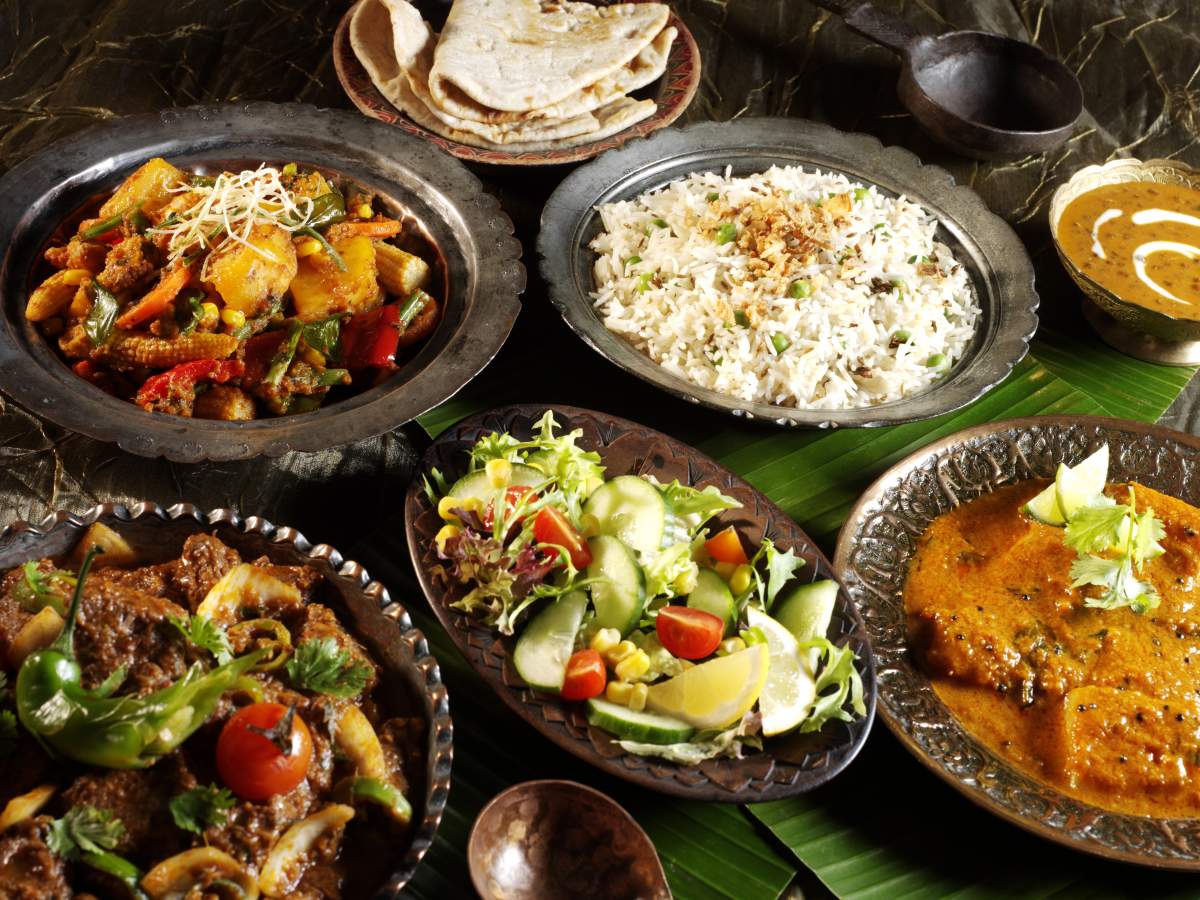
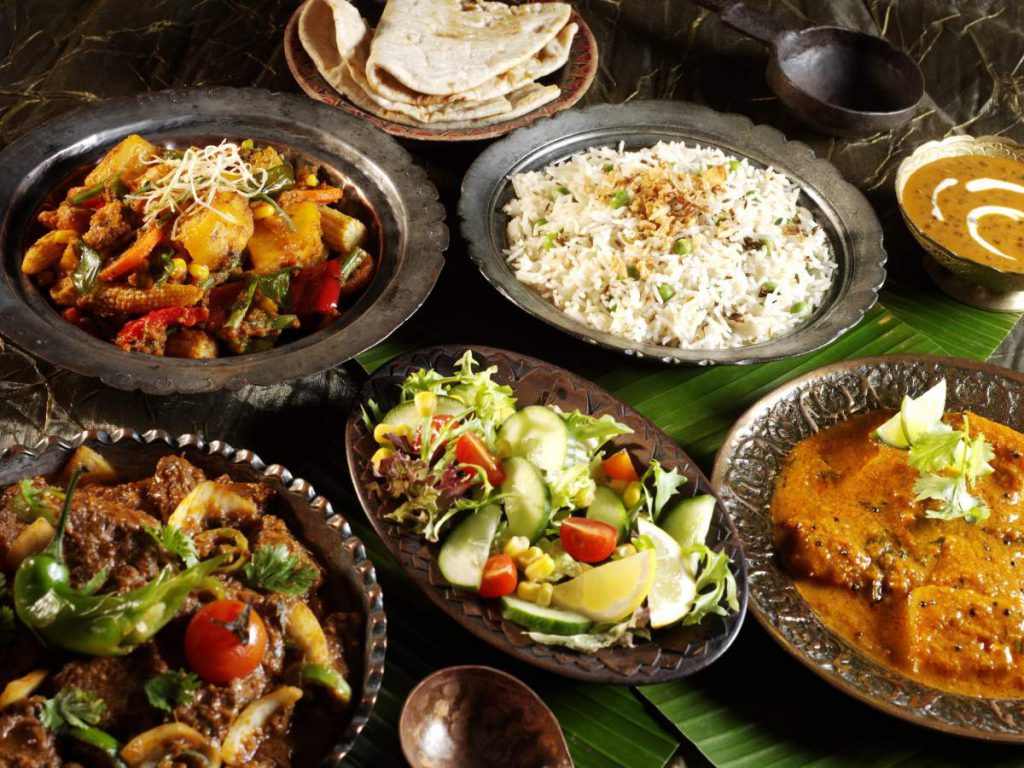
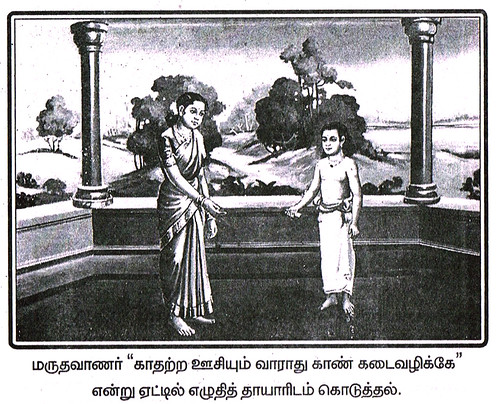

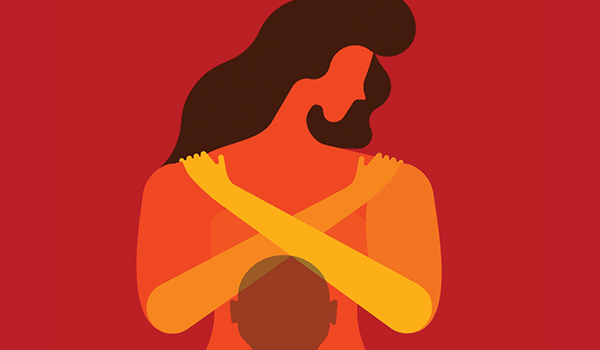
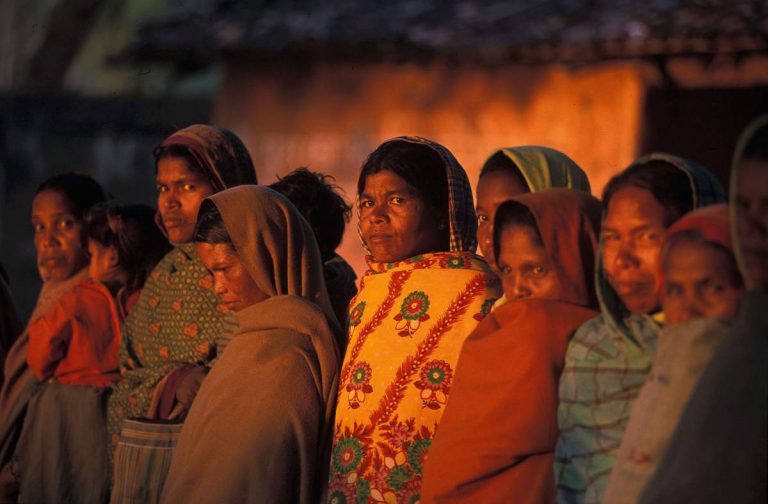
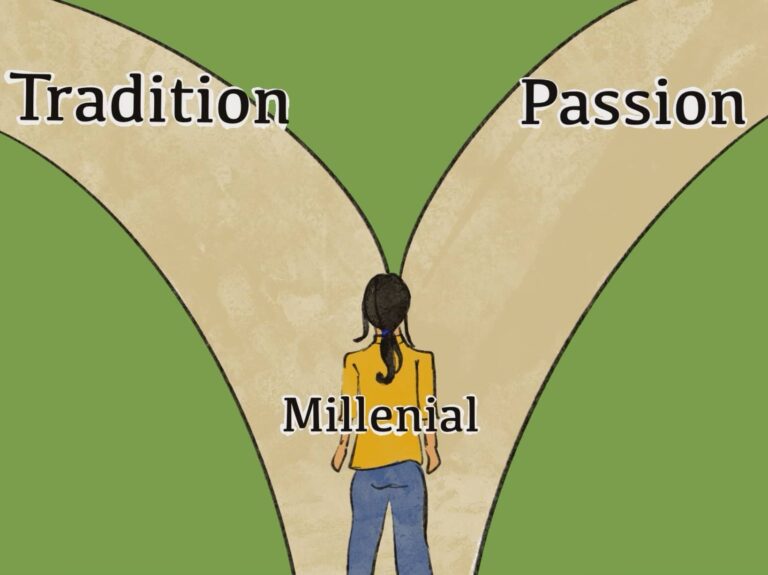

Readers' Reviews (1 reply)